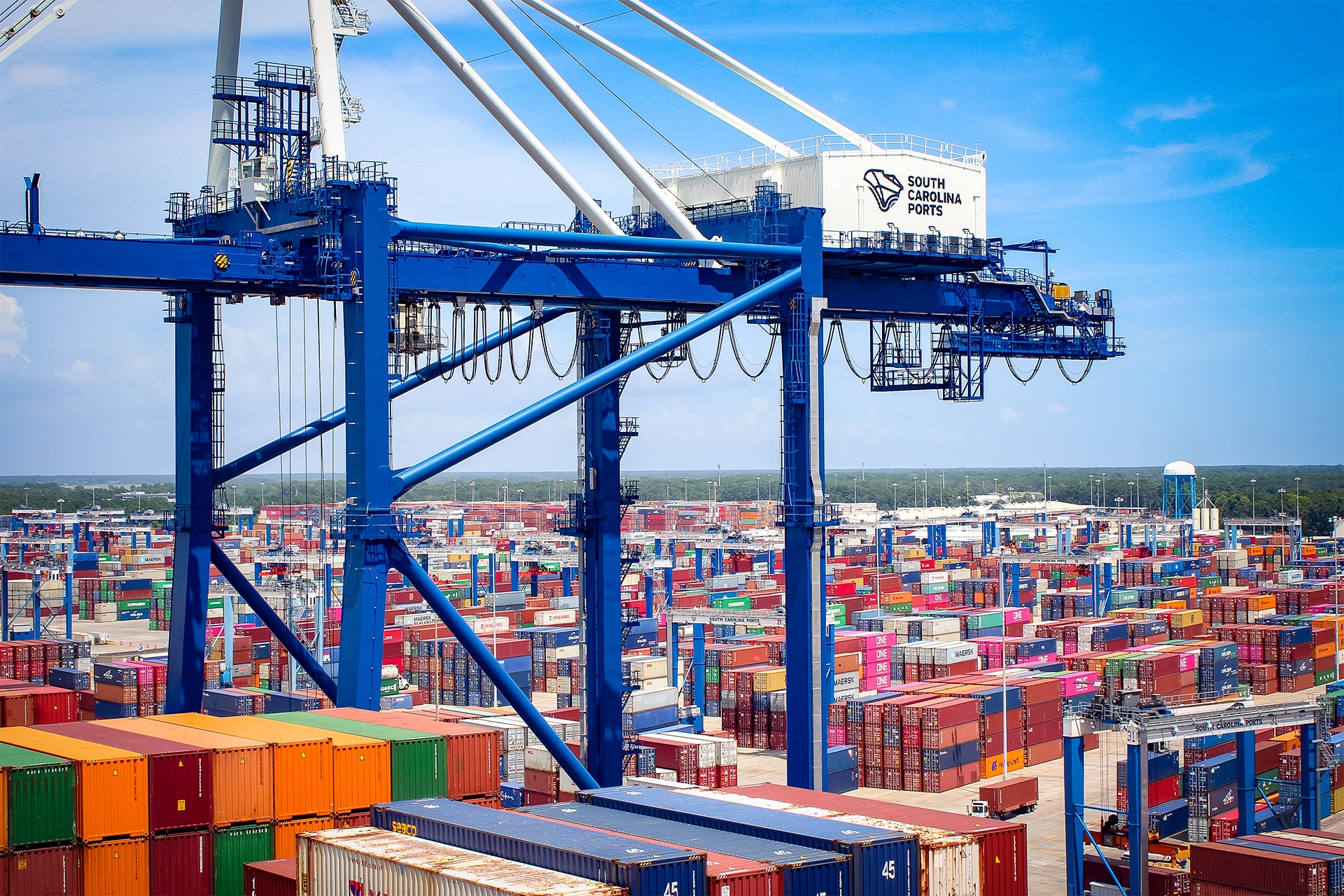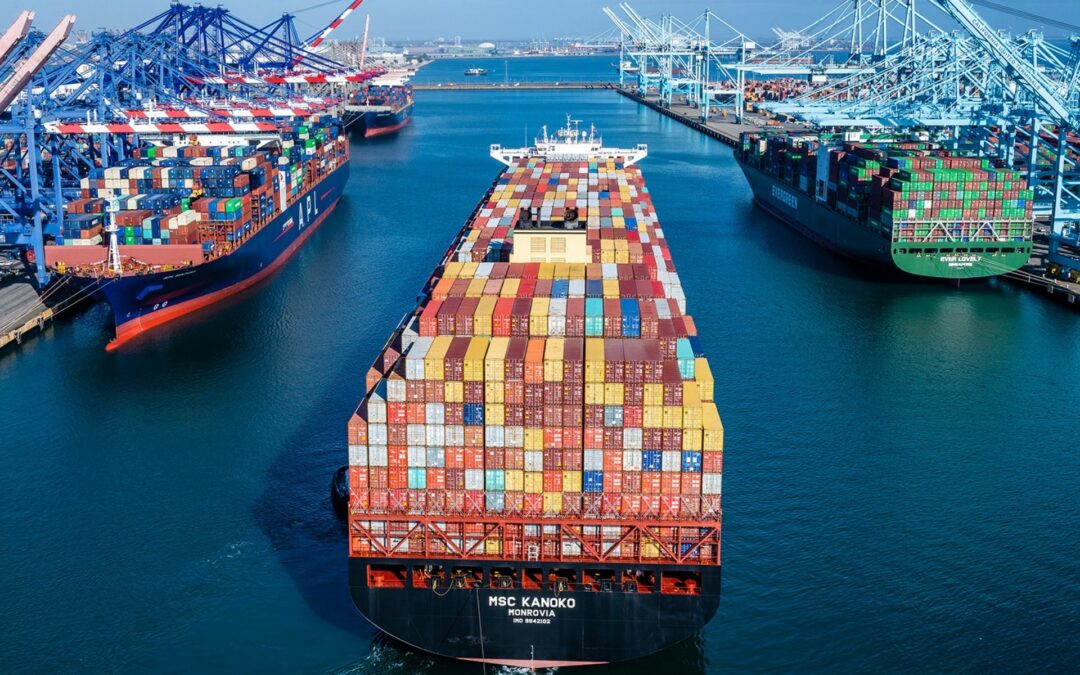With the threat of tariffs looming despite the White House decision this week to hold back many proposed tariffs for 90 days, import cargo at the major container ports in the United States will likely drop significantly beginning next month, according to the Global Port Tracker report released by the National Retail Federation and Hackett Associates.
While the Trump administration has been modulating its tariff policy, including the 90-day delay announced this week on reciprocal tariffs beyond 10% on goods from several countries, China still is subject to elevated duties. In response, China has announced tariffs on U.S. goods.
Hackett Associates Founder Ben Hackett said that, as a result of the turmoil, he expects imports during the second half of 2025 to slide by at least 20% year over year. Even balanced against elevated levels earlier in the year, total 2025 cargo volume could decline 15% or more.
U.S. ports covered by Global Port Tracker handled 2.06 million Twenty-Foot Equivalent Units, a 20-foot container or its equivalent, in February, although the Ports of New York and New Jersey hadn’t yet reported final data. The figure slipped 7.5% from January but gained 5.2% year over year. February 2025 was the busiest in three years, even though the month is traditionally the year’s slowest because of Lunar New Year factory shutdowns in China.
Ports haven’t yet reported March’s numbers, but Global Port Tracker projected the month at 2.14 million TEU, up 11.1% year over year. The forecast for April, which includes cargo shipped before new tariff announcements, is for volume of 2.08 million TEU, up 3.1% year over year. The outlook for may port volume includes an end to 19 consecutive months of year-over-year volume growth, down sharply to 1.66 million TEU, a 20.5% decrease from the same time in 2024. The June forecast is 1.57 million TEU, the lowest volume since February 2023, and a 26.6% drop year over year. The July outlook is for 1.69 million TEU, down 27% year over year, and the August outlook is for 1.7 million TEU, down 26.8%.
“In this environment of complete uncertainty, our forecast for import cargo will be subject to significant adjustments over the coming months,” Hackett said. “At present, we expect to see imports begin to decline by May and that they will drop dramatically during the remainder of the year.”
Imports have been elevated since summer 2024, initially because retailers brought in cargo ahead of an impending October strike at East Coast and Gulf Coast ports and then in anticipation of tariff escalations after the November presidential elections. Imports during 2024 totaled 25.5 million TEU, up 14.7% from 2023 and the highest since 2021’s pandemic-related record of 25.8 million TEU.
In announcing the port volumes, Jonathan Gold, NRF vice president for supply chain and customs policy, said, “Tariffs are taxes on U.S. importers ultimately paid by consumers. They are creating anxiety and uncertainty for American businesses and families alike with the speed at which they are being implemented and stacked upon each other. At this point, retailers are expected to pull back and rely on built-up inventories, at least long enough to see what will happen next.”
Global Port Tracker, produced for the NRF by Hackett Associates, provides historical data and forecasts for the U.S. ports of Los Angeles/Long Beach, Oakland, Seattle and Tacoma on the West Coast, New York/New Jersey, Port of Virginia, Charleston, Savannah, Port Everglades, Miami and Jacksonville on the East Coast, and Houston on the Gulf Coast.





